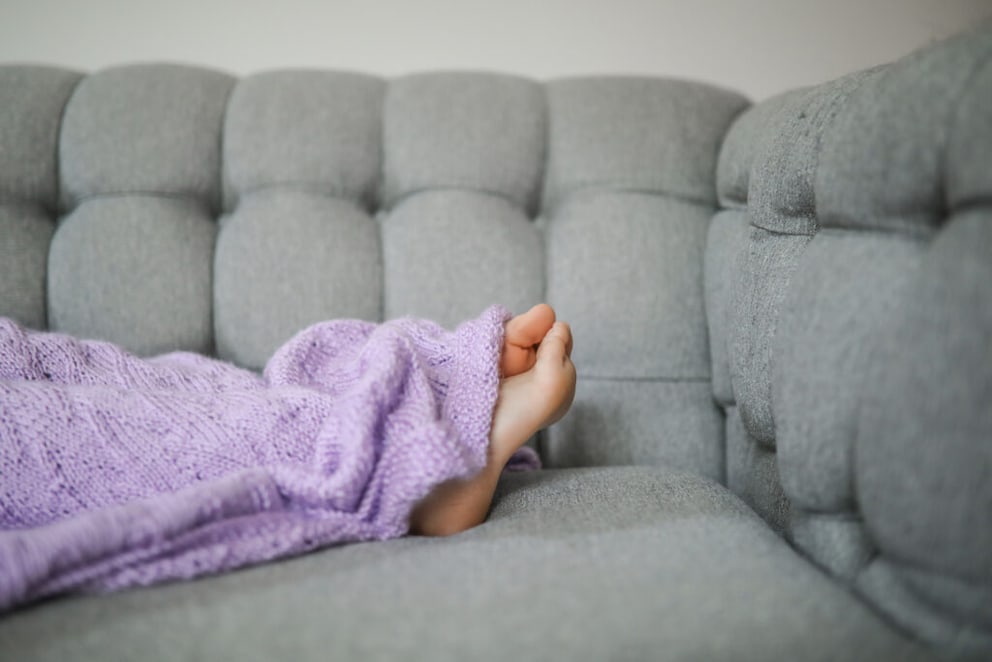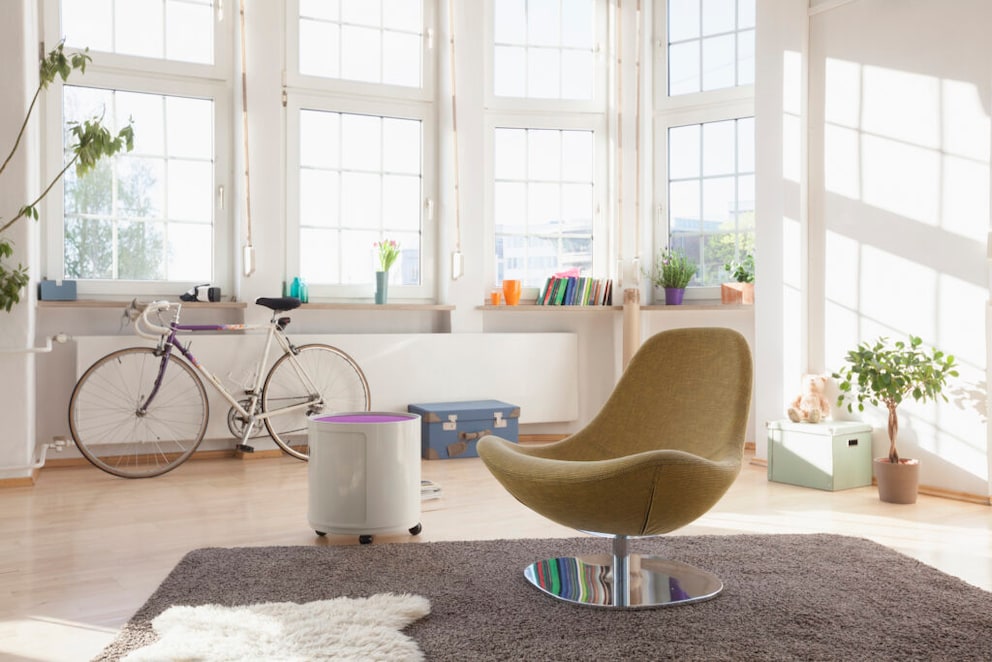April 20, 2020, 2:13 am | Read time: 4 minutes
When a living room is literally bursting at the seams, smart solutions for more storage are needed. Here are five ideas to easily create more space.
Often, a living room must also serve as a dining and workspace. This takes up a lot of space, which many households don’t actually have. However, with five tricks, you can gain more space in a small living room despite the lack of area.
1. Furniture with Built-in Storage

Choosing the right furniture is crucial for creating more space in a small living room. There are many models with built-in storage that help counteract the problem of limited space. A good example is a coffee table that provides space on different levels and with compartments. A side table, such as one in the form of a wire basket, is also well-suited.
Of course, larger pieces of furniture are still the ideal providers of more storage space. A sofa bed, a shelf, or a cabinet still offer the most storage in a small living room. However, it’s very important that shelves and cabinets have doors that can be closed, as tidiness makes a room appear much larger.
Also interesting: 8 Tips to Make Your Apartment Stand Out
2. Multifunctionality Creates More Space in Small Living Rooms

Furniture that serves multiple functions is the ideal choice, although they are often a costly investment. A sofa or armchair with a sleep function is very helpful for creating space in the living room.
An adjustable-height coffee table can also be an optimal purchase. In general, tables of any kind that can be folded and unfolded have found their ideal application in small spaces. For example, wall-mounted folding tables can replace a desk if the available living space doesn’t include a study. After work is done, the table almost disappears, creating room for other things.
3. Flexible Furniture

Mobile furniture also creates space in a small living room. If they are in the way, they can easily be moved thanks to the wheels on their underside. This frees up the needed space to unfold a sofa bed or do exercises. Sideboards, lowboards, or flat coffee or side tables prove to be particularly practical. If they become a nuisance, they can quickly be moved from one room to another.
Paravents, which are usually used to divide a living area or as a privacy screen, are also flexible in their handling. Their special folding function gives them a certain mobility in the room. If they are impractically placed in one spot, their position can be quickly changed.
Also interesting: Furniture That Makes Cleaning Easier
4. Use Space Around Doors
The area above or next to doors is often not considered usable living space. However, it would be a waste–especially in small rooms–not to fully utilize it. A professional solution like an over-the-door shelf can provide space for various items almost unnoticed. If that’s too elaborate or costly, door frame brackets can be used. This way, the space between the door and wall is optimally and almost invisibly utilized.
The niche between a door and a nearby cabinet can also be smartly integrated into the room with small corner shelves. This provides a place for small books or decorative items, keeping them visible and not forgotten.

How to Set Up a Space-Saving Home Office–Maximize Every Inch

Interior Designer Recommends 7 Pieces of Furniture for More Storage in the Home Office

How to Properly Set Up an Open-Plan Kitchen
5. Cleverly Replace Furniture

To gain more storage space, you can use the area under furniture with flat boxes. This way, some cabinets and shelves in the room can be replaced, making it appear less cramped than it actually is. Baskets and crates also offer a decorative way to stylishly pack storage space while maintaining a flexible room design.


